When I landed in Sardinia, I really didn’t expect to stumble on traces of Ligurian culture tucked away in this Mediterranean paradise.
The island instantly surprised me with its wild blend of traditions. Sometimes, I’d catch echoes of my Ligurian roots weaving through Sardinia’s ancient customs and lively island rhythms.
What grabs me about this cultural fusion is how two totally different Italian regional identities somehow created something both new and oddly familiar here.
As I wandered Sardinian villages, I kept finding unexpected connections. Sometimes, I’d hear dialect words from my childhood or see cooking techniques that took me straight back to my grandmother’s kitchen.
Sardinia isn’t just about dreamy beaches and nuraghi—its whole landscape feels like a living museum where Italian traditions have tangled and grown together over centuries.
I spent months digging into this cultural crossroads, seeing firsthand how Ligurian settlers shaped local food, architecture, even the way people celebrate. The whole experience changed how I think about Italian diversity.
It’s wild how cultures can keep their essence but still adapt to new places. So, come along—I’ll share some of the most fascinating gems I’ve found during my cultural treasure hunt across this enchanting island.
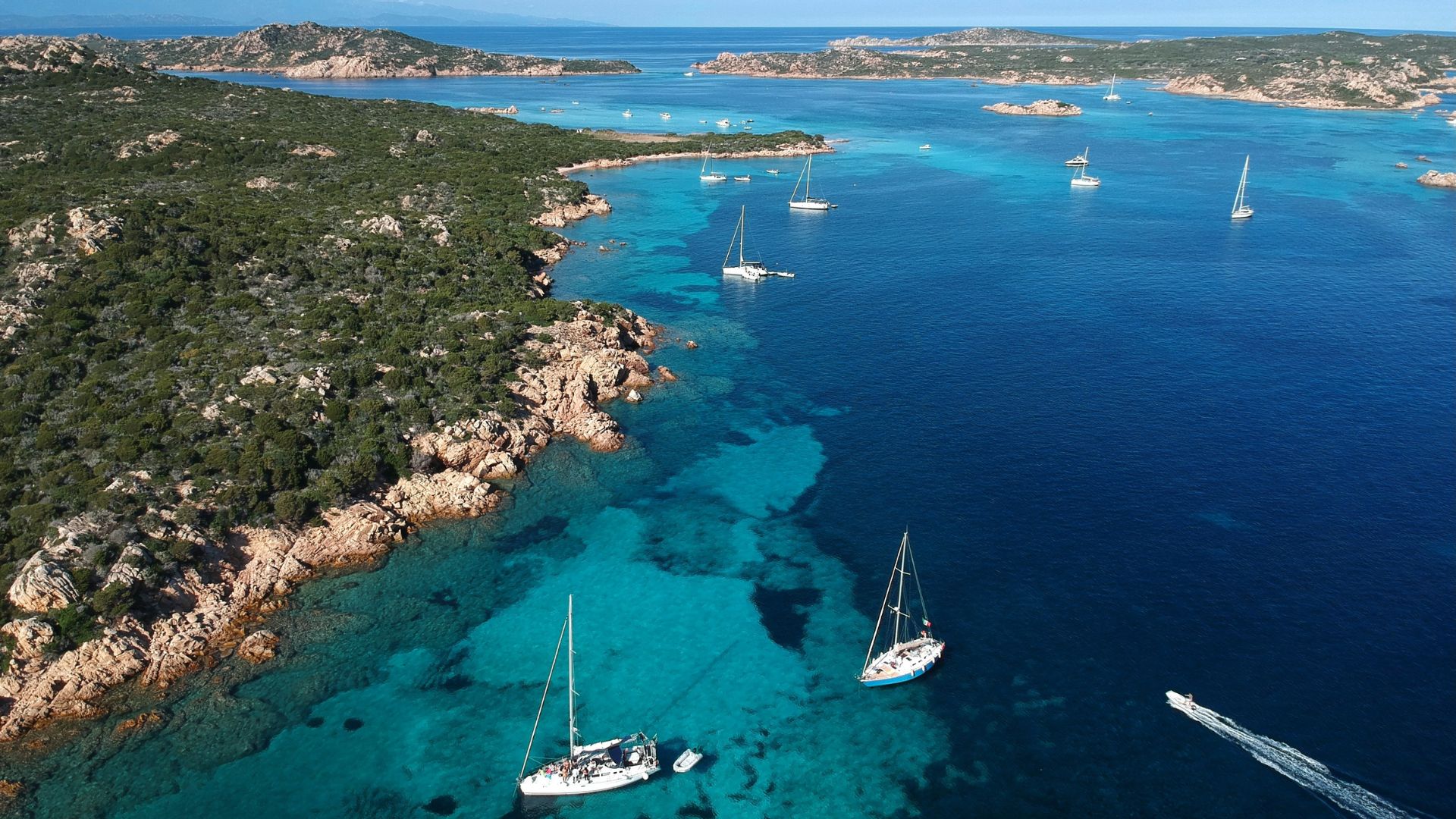
Discovering Ligurian Roots on Sardinian Shores
When I set out to trace Ligurian heritage along Sardinia’s coast, I found connections between these regions that I’d never expected.
The island’s culture hides little threads of northern Italian influence. Most tourists walk right past them.
Tracing My Family Heritage
My grandfather’s battered journal first made me curious about our Ligurian roots in Sardinia.
His family left Genoa for Alghero in the 1870s, joining a handful of northern Italians who came looking for new beginnings.
At the Maritime Museum in Cagliari, I found shipping records that listed my ancestors among Ligurian traders. They’d built small communities up along Sardinia’s northern coast.
Digging through local archives in La Maddalena, I came across birth certificates with familiar surnames. That was proof my family really had roots here.
As I walked the narrow streets where my great-grandparents once lived, I noticed the colorful facades and tight passageways. They reminded me so much of Ligurian coastal towns.
Uncovering Ligurian Influences in Local Traditions
You’ll spot Ligurian influences if you know where to look, especially in northeastern Sardinian food.
Take pesto alla carlofortina—locals swap basil for tuna, giving this classic Ligurian sauce a Sardinian twist. I tried it in Carloforte and, honestly, it was delicious.
Fishermen in La Maddalena still use techniques that Ligurian sailors brought over in the 1700s. I watched them tie knots and mend nets with designs straight out of Portofino or Cinque Terre.
During the Santa Maria festival in August, I noticed Ligurian touches tucked into Sardinian traditions:
- The processions follow patterns like those back in Ligurian villages.
- Some songs slip in phrases from the Ligurian dialect.
- Decorations show off maritime themes that both regions love.
Even the local dialect borrows Genovese words, especially when it comes to fishing.
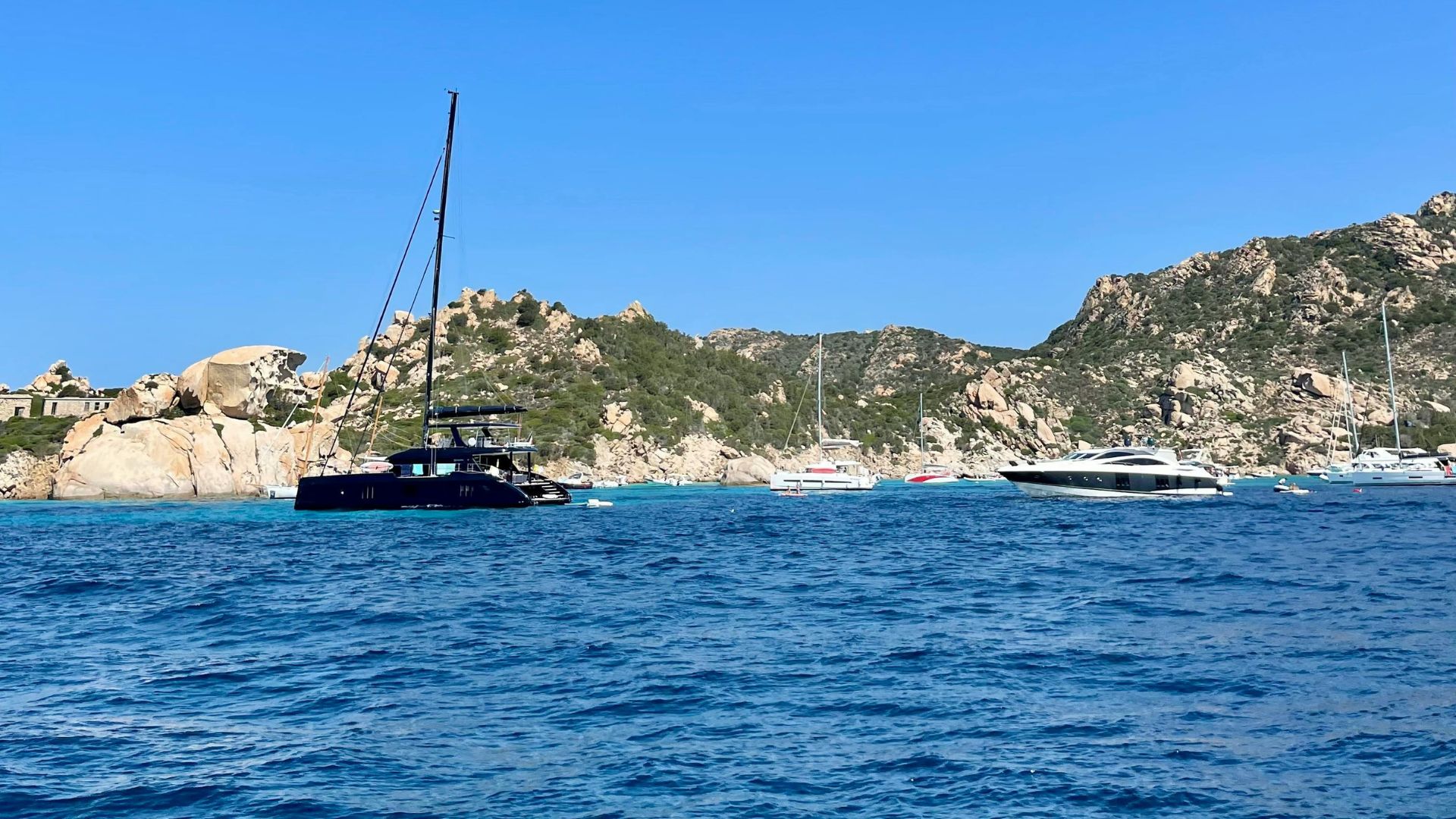
Community Connections: Stories and Shared Culture
The Circolo Ligure cultural center in Alghero quickly became my second home.
Elderly residents told me stories about their Ligurian ancestors—how they kept old traditions alive while building new lives in Sardinia.
Maria, who’s 92 and sharp as ever, taught me Ligurian folk songs her family still sings. Her farinata recipe—a chickpea flatbread—uses Sardinian herbs for a twist.
I joined a heritage group working to save these cross-cultural traditions. We recorded oral histories from families with both Ligurian and Sardinian backgrounds.
What really surprised me is how these communities don’t pick sides. They see themselves as something new—people who bridge the mainland and the island in a way that feels special.
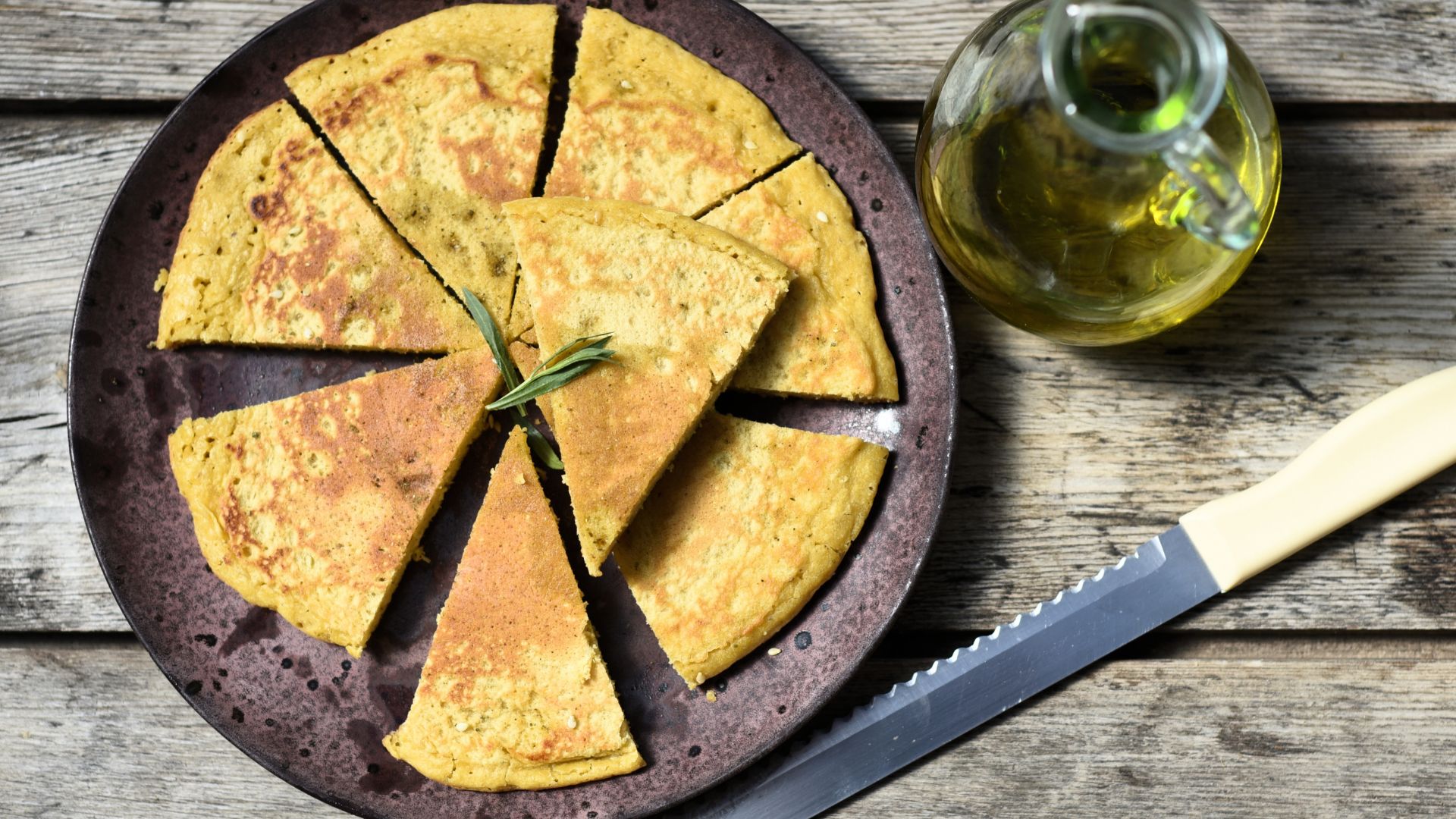
A Sense of Place: The Island’s Enchanting Landscapes
Sardinia’s wild beauty hit me the moment I arrived.
The landscapes swing from rugged mountains to pristine beaches, creating a place that feels untamed but inviting.
Exploring Pula and Its Surroundings
Pula caught me off guard with its mix of history and natural charm.
This little town on Sardinia’s southern coast makes a perfect base for exploring. I spent mornings wandering its historic center, ducking into shops and cafés where locals always seemed up for a chat.
Right outside town, I stumbled on ancient ruins hidden among Mediterranean shrubs. The Nora archaeological site gave me a real glimpse into Roman life on the island.
What really stood out was how quickly the landscape shifts. One minute you’re in a pine forest, the next you’re staring at stunning coastal views.
Pula feels less touristy than other spots. People here are proud of their roots and love sharing their stories.
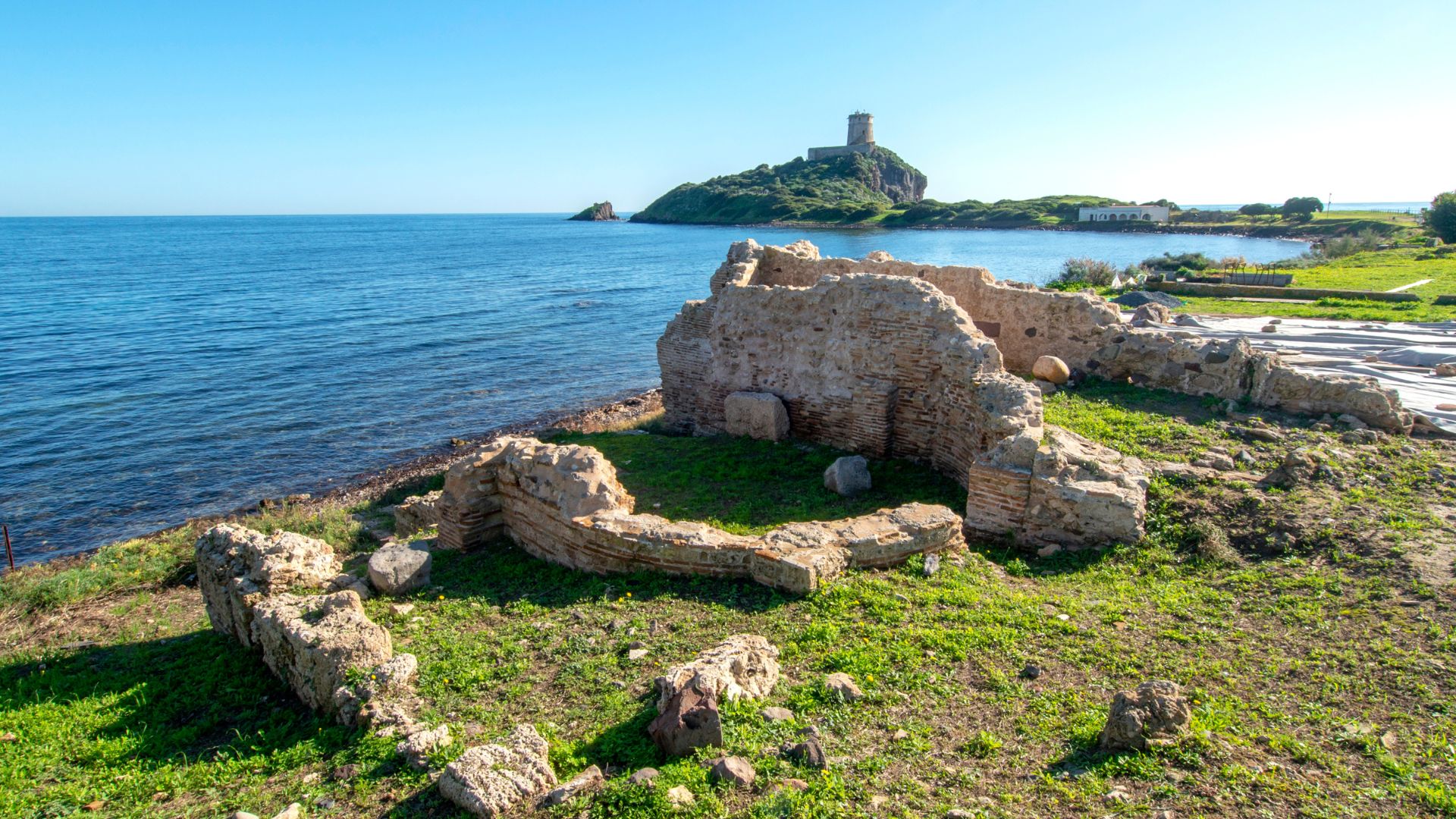
Chia Beach and the Allure of Sandy Coastlines
Chia Beach genuinely took my breath away. The sand is powdery white, the water a clear turquoise that almost doesn’t look real.
It’s just a short drive from Pula, but it feels like a world away. The coastline rivals the Caribbean, but there’s no mistaking the Mediterranean vibe.
The beach is actually a string of small coves, each separated by rocky outcrops and dunes covered in juniper. Some are busy with families, others so quiet you feel like you’ve found your own private paradise.
I spent hours swimming in water so clear you can see straight to the bottom. The gentle slope makes it perfect for lazy swims.
Behind the beach, pink flamingos sometimes gather in hidden lagoons. The contrast with the blue sea is just stunning.
Best Times to Visit Chia Beach:
- Early Morning: For peaceful walks and snapping photos
- Late Afternoon: Sunset views here are unreal
- Off-Season: May or September if you want space to yourself
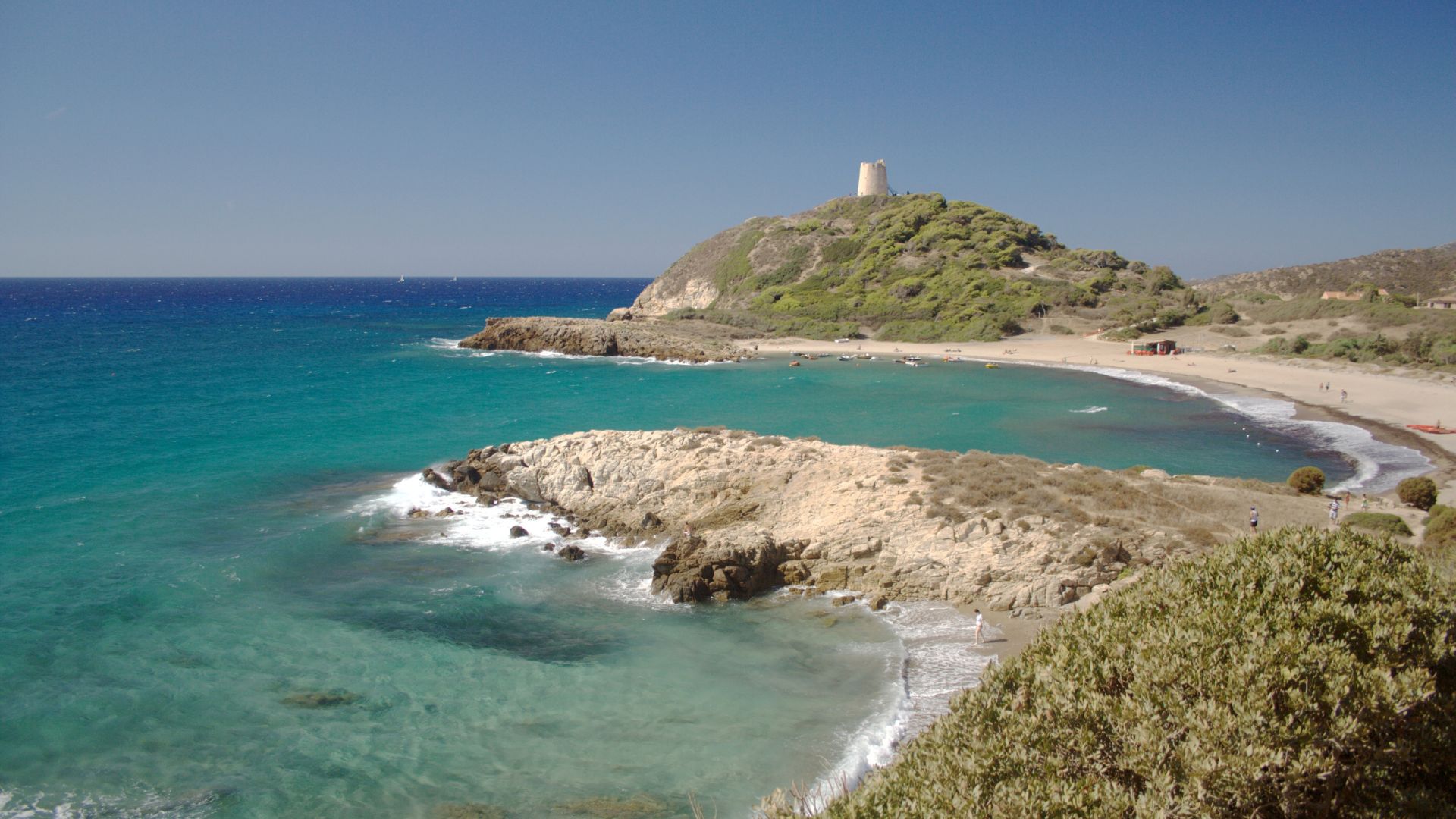
Adventures Along the Southern Coast
The southern coast of Sardinia seems made for exploring.
I rented a kayak to check out hidden coves you just can’t reach on foot. Paddling alongside those limestone cliffs felt like an adventure.
Tiny fishing villages pop up along the coast, each with its own personality. In one little harbor, I watched fishermen haul in their catch, then ate the same fresh seafood at a family-run restaurant that night.
Hiking the coastal ridges gave me wide-open views of the Mediterranean. The contrast between the deep blue sea and the rocky land is something I won’t forget.
The water is so clear, snorkeling feels like a must. Even as a total beginner, I spotted colorful fish darting around the rocks just off the beach.
Locals take real pride in keeping these places unspoiled. The pristine state of the coast says a lot about their love for the land.
Layers of History: Ancient Echoes and Archaeological Sites
Sardinia is covered in traces of ancient civilizations.
Walking through these sites, you can almost feel the presence of people who lived here centuries ago. Their customs and daily lives still echo in the stones and artifacts.
The Fascinating Ruins of Nora
I found Nora by accident on my third day, and it quickly became my favorite stop.
This ancient city sits on a peninsula near Pula. Waves crash against Roman columns that have stood there for more than 2,000 years.
Phoenicians founded Nora in the 8th century BCE, and later the Romans turned it into a bustling port.
As I wandered its stone streets, I ran my hands over ancient walls and admired mosaic floors with intricate designs.
The seaside theater grabbed my imagination. I sat on the steps, picturing the performances that once filled the air with music and laughter.
Nearby, the thermal baths show off Roman engineering at its best.
Most people skip the small museum, but I spent an hour there with pottery and everyday objects that made the city’s past feel close.
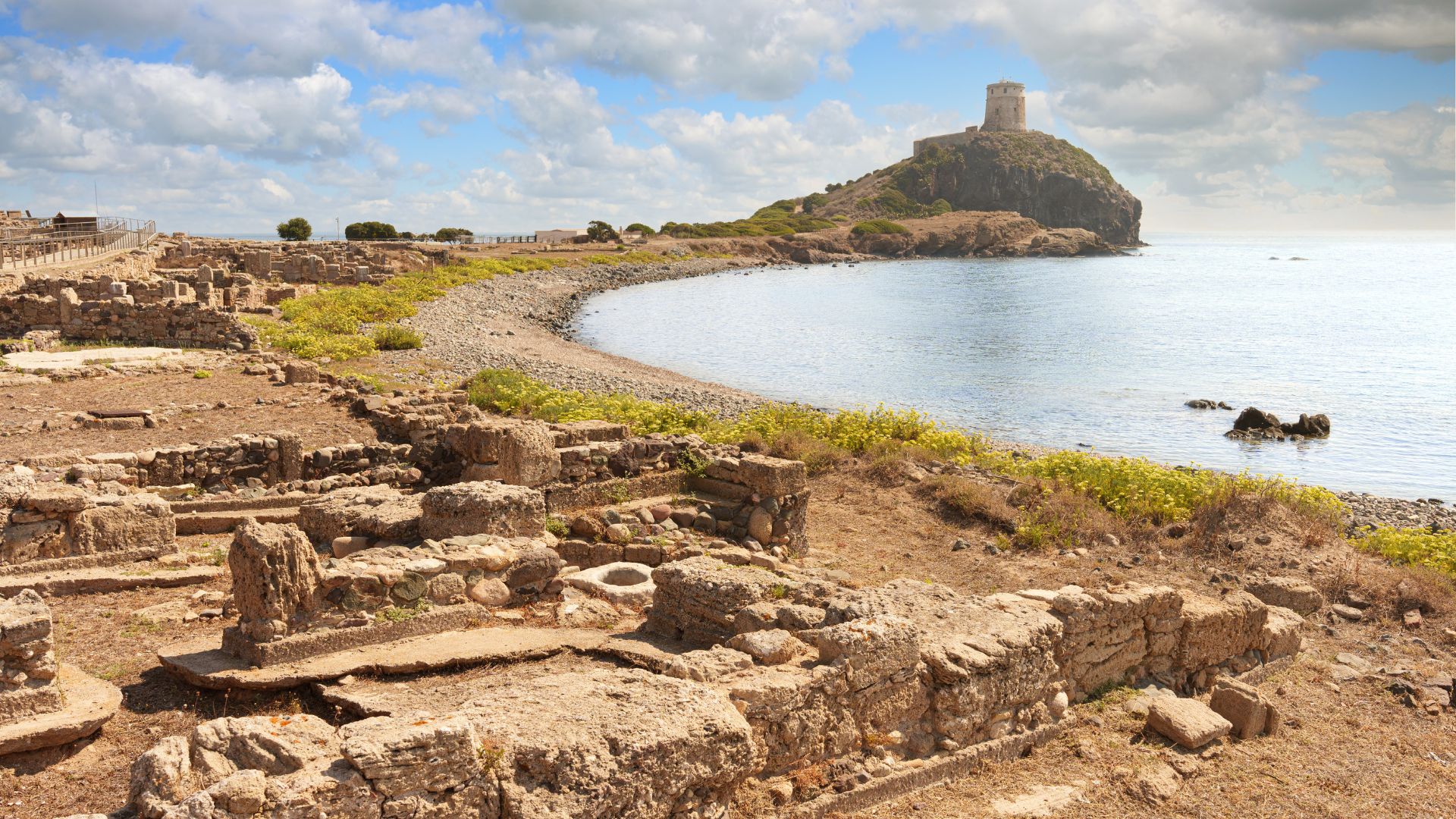
From Etruscans to Romans: Echoes Through Time
The Etruscan influence on Sardinia caught me off guard.
It’s not as visible as the Roman ruins, but you see it in pottery and some old religious customs that locals later made their own.
When the Romans conquered Sardinia in 238 BCE, they built right on top of older settlements.
In Cagliari, I explored layers of history—Roman buildings rising above even older Carthaginian foundations.
The old Roman roads still shape how people move around today. Following those routes led me to hidden stone quarries, where blocks for ancient buildings came from.
Water management really blew my mind. Ancient aqueducts and cisterns kept communities going during dry Mediterranean summers. Some even stayed in use until surprisingly recently.
Hidden Gems: Castello and Beyond
The Castello quarter in Cagliari has history on every corner.
Medieval towers loom above winding streets. I kept finding architectural styles from all sorts of eras.
The Archaeological Museum holds treasures that most visitors never see. I got lost among bronze figurines from the Nuragic civilization—tiny sculptures with amazing detail, crafted 3,500 years ago.
Outside the big sites, I found ruins not marked on any tourist map. A local guide led me to mysterious stone circles hidden deep in the mountains, older than the famous nuraghi towers.
What really stuck with me is how these ancient places aren’t just relics. Locals still gather in piazzas built on top of Roman forums. Here, history isn’t locked away—it’s part of daily life.
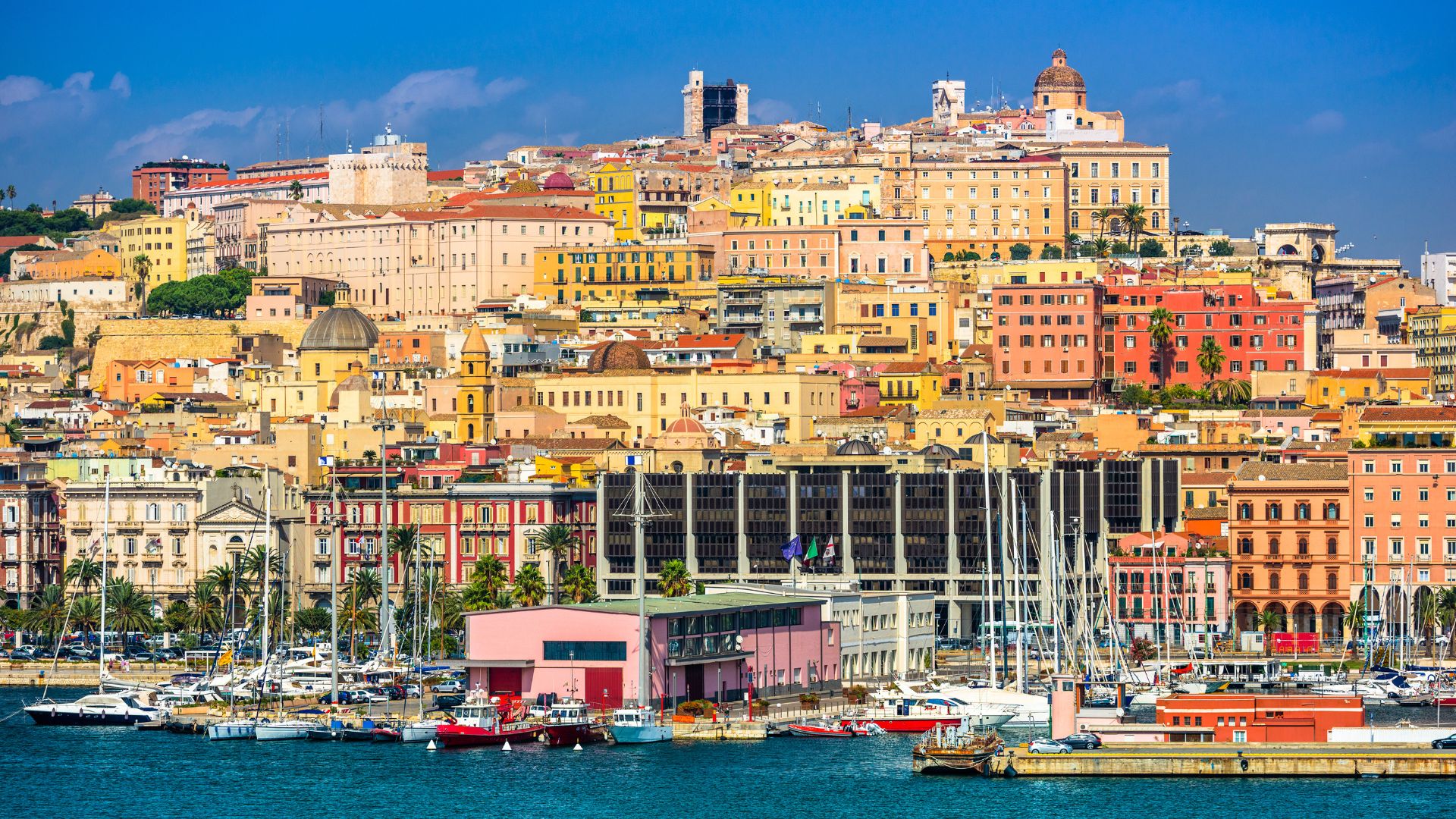
Flavors of the Mediterranean: Savoring Ligurian and Sardinian Cuisine
Food in Liguria and Sardinia tells stories of history and culture with every bite.
The way these Mediterranean traditions mix creates meals you won’t forget.
Seafood Specialties and Coastal Dishes
Wandering coastal villages, I saw how both regions celebrate the bounty of the sea in their own ways.
Ligurian cuisine keeps things delicate. Dishes like ciuppin, a fish stew made from whatever fishermen catch, let the seafood shine.
Sardinians go for heartier flavors. Their fregola con arselle—tiny pasta balls with clams in a rich broth—quickly became my favorite lunch by the beach.
Both places love anchovies. In Liguria, people marinate them in lemon juice. Sardinians bake them with breadcrumbs and local herbs.
It’s fascinating how similar ingredients turn into totally different flavors, just because of how people cook them.
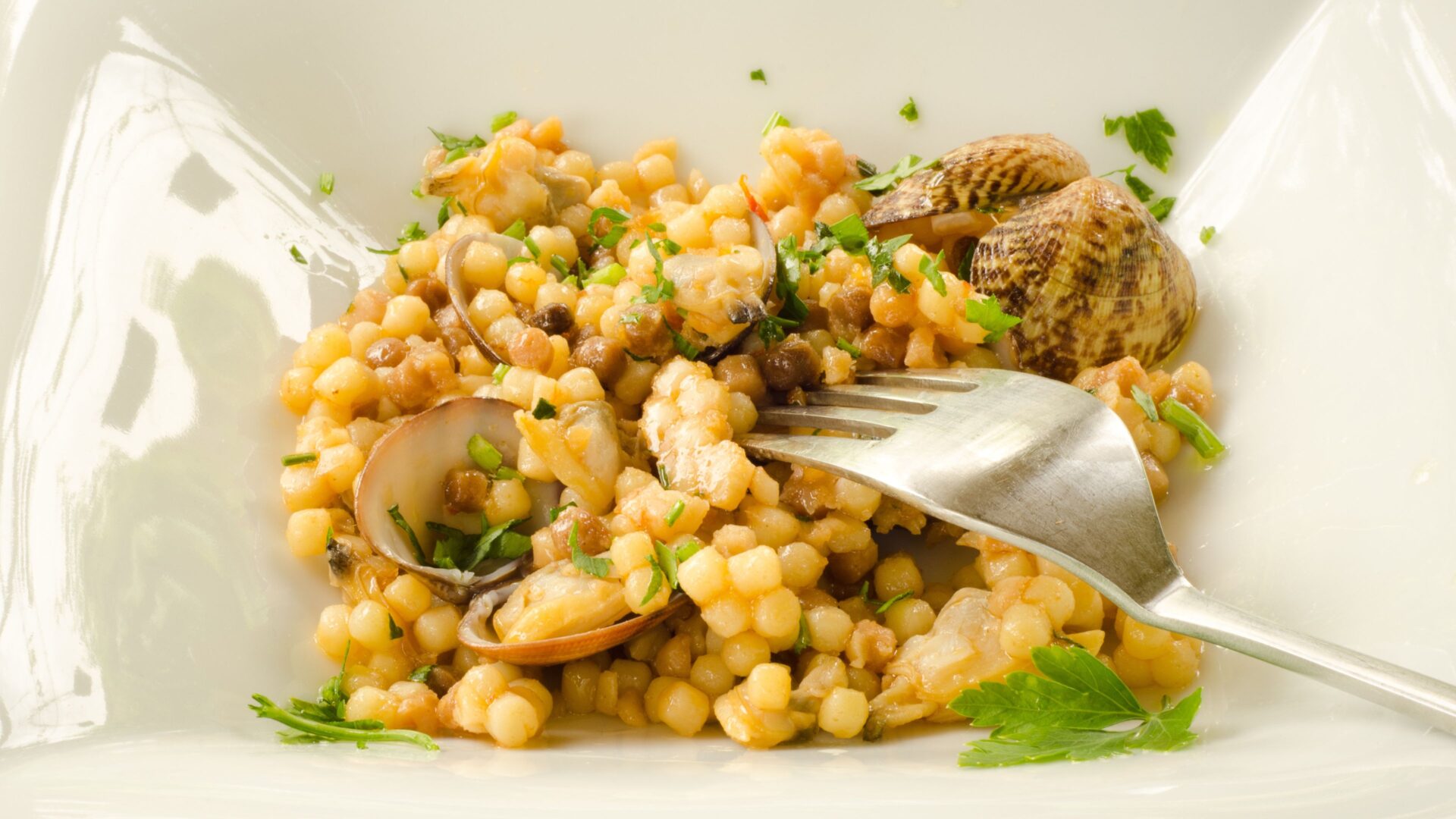
Sampling Local Food and Wine
The wine traditions here deserve their own spotlight.
Sardinia’s Cannonau, a bold red, pairs perfectly with the island’s hearty meat dishes. Some say it’s part of why Sardinians live so long.
One night, I joined a local family for dinner. They poured Vermentino, a fresh white wine that was perfect with our seafood feast. The grandfather told me their winemaking secrets had been passed down for generations.
Both regions rely on:
- Locally pressed olive oil
- Simple, fresh vegetables
- Whole grains (farro in Liguria, all sorts in Sardinia)
- Cheeses you can’t find anywhere else
In village bakeries, I tried pane carasau, Sardinian flatbread that stays crisp for days. Ligurian focaccia, with its olive oil-soaked top, became my go-to breakfast—especially with fresh tomatoes.
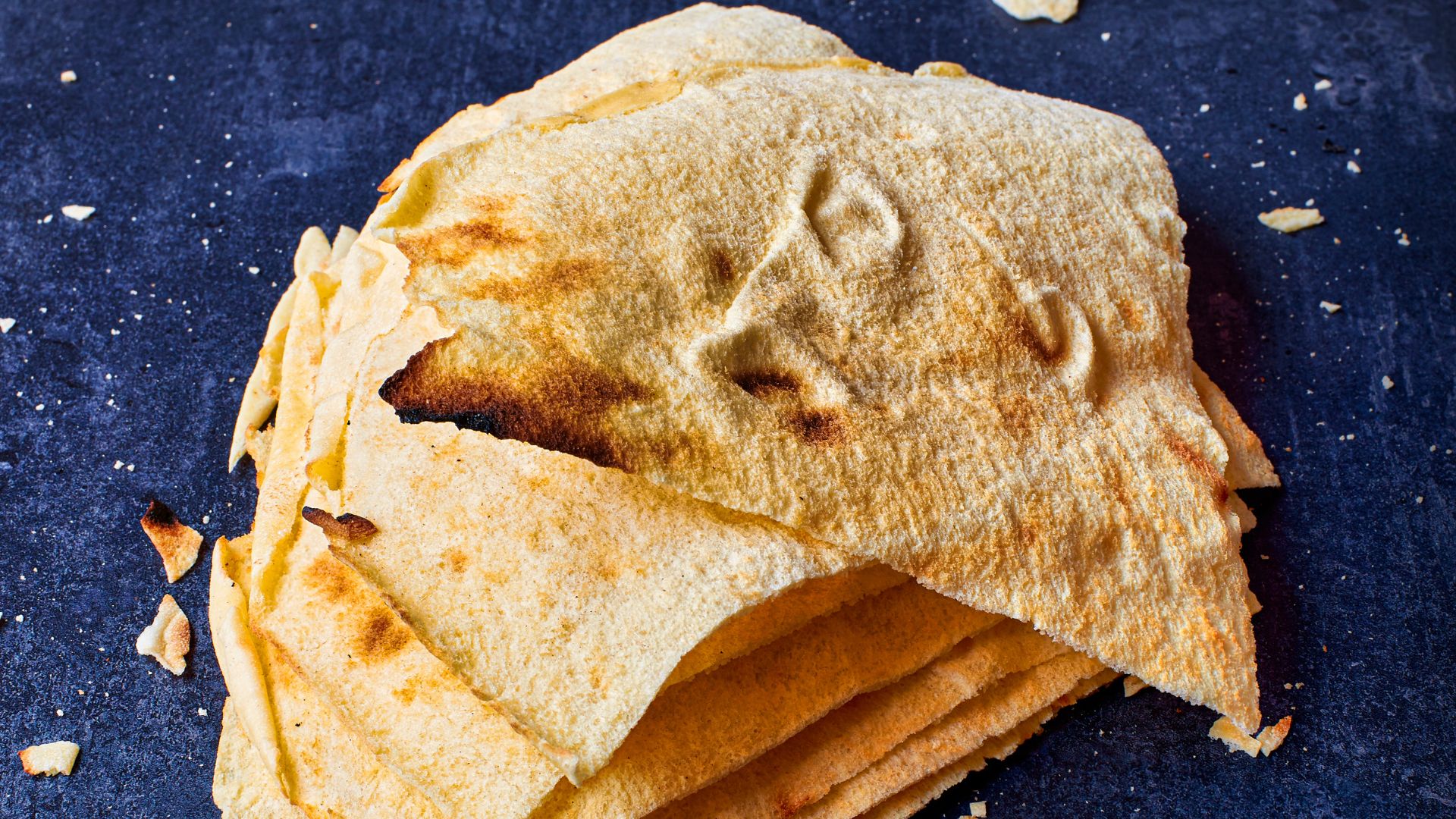
Immersive Journeys: Activities and Natural Wonders
Sardinia just keeps offering new ways to connect with its wild beauty and vibrant culture.
During my time here, I found adventures that brought me closer to both Ligurian heritage and Sardinian traditions.
Scenic Hiking Trails and Rolling Hills
The island’s interior opened up to me with winding paths that climb gentle hills and show off sweeping Mediterranean views. My favorite trail near Alghero twists through olive groves, and honestly, it made me think of Liguria’s terraced landscapes.
As you hike, wild rosemary and juniper scent the air. Sardinia really does have a vibe all its own. I’d say start early—the morning light paints the rolling hills gold, and you’ll have the place almost to yourself.
Local guides pointed out nuraghi—these ancient stone towers—along several trails. Some of them go back 3,500 years, which is wild to think about. Walking past them, you feel connected to a much older Sardinia.
Bring lots of water and wear sturdy shoes. The terrain shifts from easy slopes to rocky patches before you know it.
Crystal Waters at Poetto Beach
Poetto Beach runs for nearly five miles along Cagliari’s coast. It quickly became my go-to spot for a break. The water is so clear here—I could spot fish darting around my ankles, no joke.
If you want peace and quiet, hit the beach in the morning. I’d sometimes bring a little breakfast, just to watch the local fishermen come back with their catch. By noon, families and travelers start filling the sand, and the whole vibe changes.
You’ll find plenty to do at Poetto:
- Paddleboarding
- Kayaking
- Swimming in calm coves
- Windsurfing if you’re feeling bold
Beachside kiosks—locals call them chiringuitos—serve up fresh seafood and ice-cold drinks. If you’re feeling adventurous, grab some seadas (cheese pastries with honey). It’s a true taste of Sardinia.

Day Trips: Cagliari and Beyond
Cagliari, the capital, mixes old-world charm with a kind of urban buzz. The old quarter, Castello, has these winding medieval streets and some of the best views over the harbor. I spent ages just wandering through the limestone lanes.
Markets like San Benedetto overflow with Sardinian specialties—from seafood to cheeses. The vendors even taught me a few phrases in the local dialect while wrapping up my food.
Outside Cagliari, I found a few standouts:
- Nora, with its Roman ruins
- Su Nuraxi, a UNESCO site in Barumini
- Giara di Gesturi, a plateau where wild horses roam
Renting a car made getting around much easier, though you can catch public buses to the main sites. I’d block off a whole day for each place if you want to really soak it in.
Comparing Coastal Cultures: Ligurian Connections Across Italy
Italy’s coastal regions share some fascinating cultural threads. I noticed the Ligurian influence stretching way beyond its home turf, especially around places like San Pietro Island off Sardinia.
Cinque Terre and Grado: Northern Inspirations
When I landed on San Pietro Island, I couldn’t help but spot similarities to Cinque Terre’s fishing villages. The pastel buildings with narrow sea-facing windows look straight out of Liguria.
Fishing traditions here line up closely too. In Grado, up in the northeast, I watched fishermen use old-school techniques that matched what I saw on San Pietro. Some things really don’t change.
San Pietro locals sprinkle their dialect with Ligurian words and phrases. When folks talked about the sea or fishing, I caught familiar patterns—reminded me of conversations up north.
Food connects these places as well. They keep things simple: fresh seafood, minimal fuss, letting the flavors stand out. That’s a philosophy you’ll find all along these coasts.
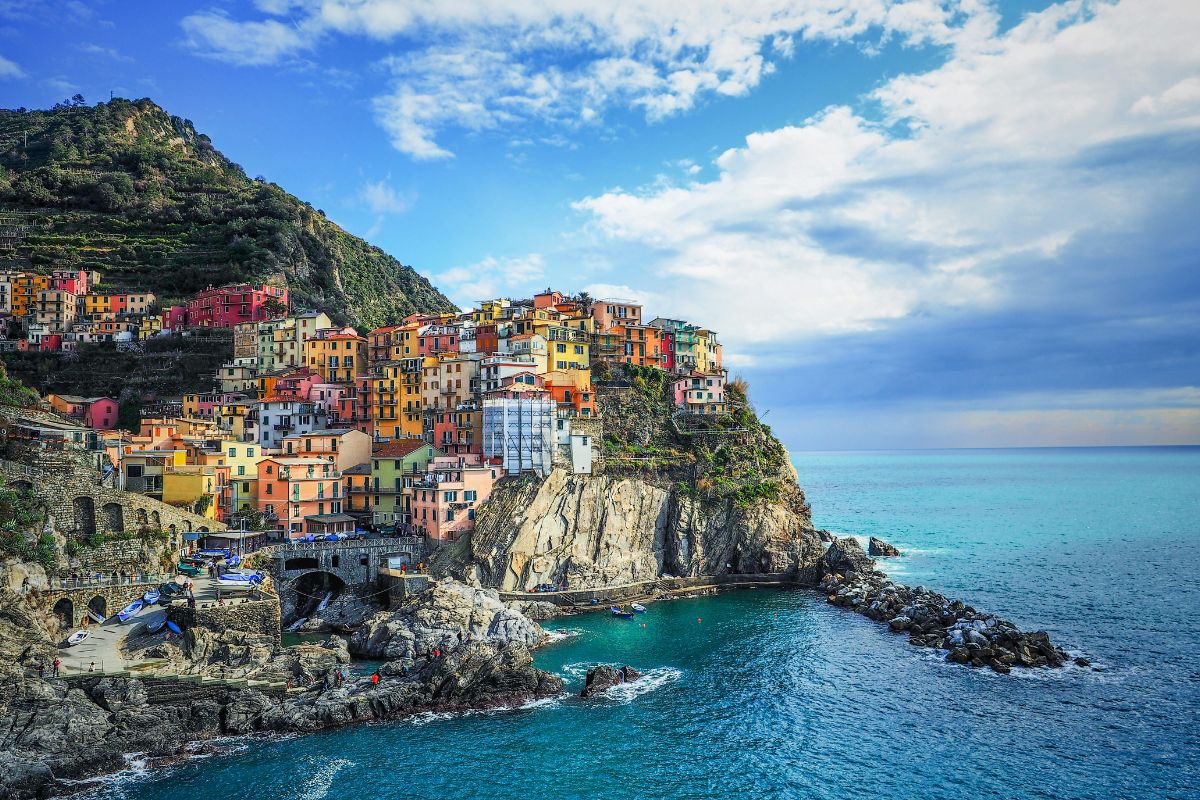
Southern Influences: Amalfi Coast, Capri, and Ischia
But it’s not just northern ties. On San Pietro, I picked up on food techniques that felt straight out of the Amalfi Coast’s playbook—especially when it came to preserving seafood.
Island life pushes people to adapt in similar ways, no matter where they are. The way folks on San Pietro build their homes to catch the sea breeze looked a lot like what I’d seen on Capri and Ischia.
Festivals have a lot in common too. During summer on San Pietro, I saw boat processions that immediately brought back memories of religious festivals along the southern coasts.
The market scene ties it all together. Morning fish markets on San Pietro run almost exactly like those on Ischia, right down to the lively haggling and the hunt for the day’s best catch.
Piedmont’s Subtle Impact on Island Traditions
You might not expect it, but I actually spotted hints of Piedmont in San Pietro’s food traditions. Some pasta dishes use techniques that clearly come from this northern inland region.
Wine growers on San Pietro also seem to follow Piedmont methods. I noticed a few older vineyards using trellising systems just like the ones I saw while touring Piedmont wineries.
Locals preserve vegetables and fruits with methods I first saw in rural Piedmont. They salt-cure and use oil for preservation, which gives the food a strangely familiar taste, even though the regions are so far apart.
During family celebrations on San Pietro, I caught traditions that felt a bit out of place—at least until I realized their Piedmont origins. This mix of customs shapes a quirky island identity, holding onto Ligurian roots but also weaving in flavors from all over Italy.

